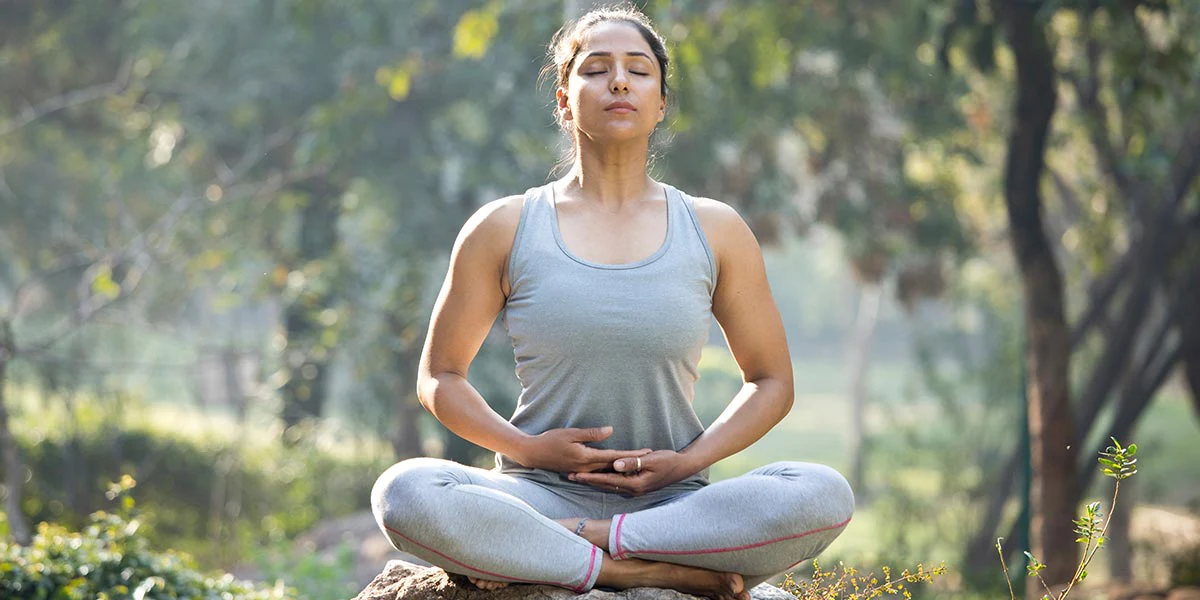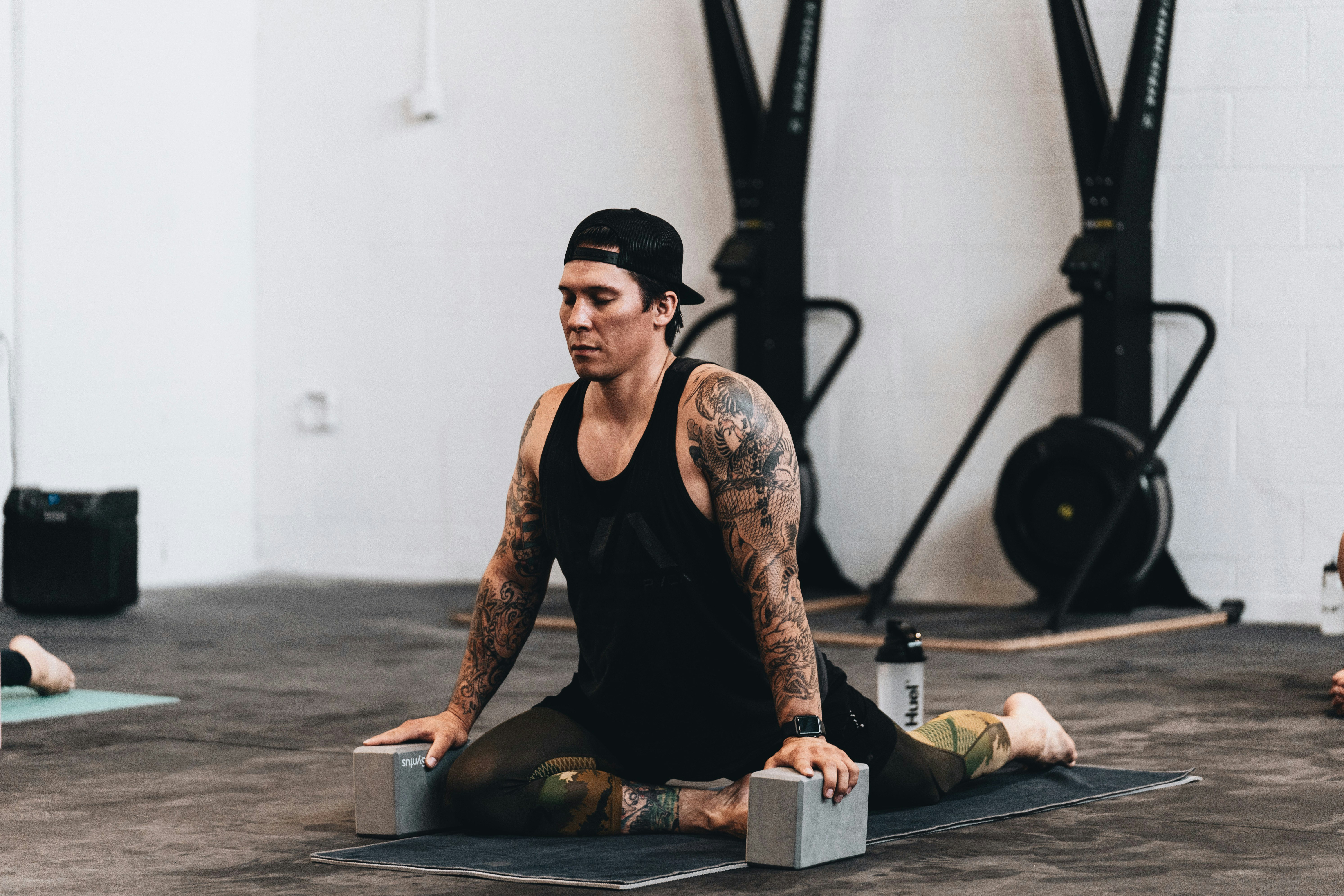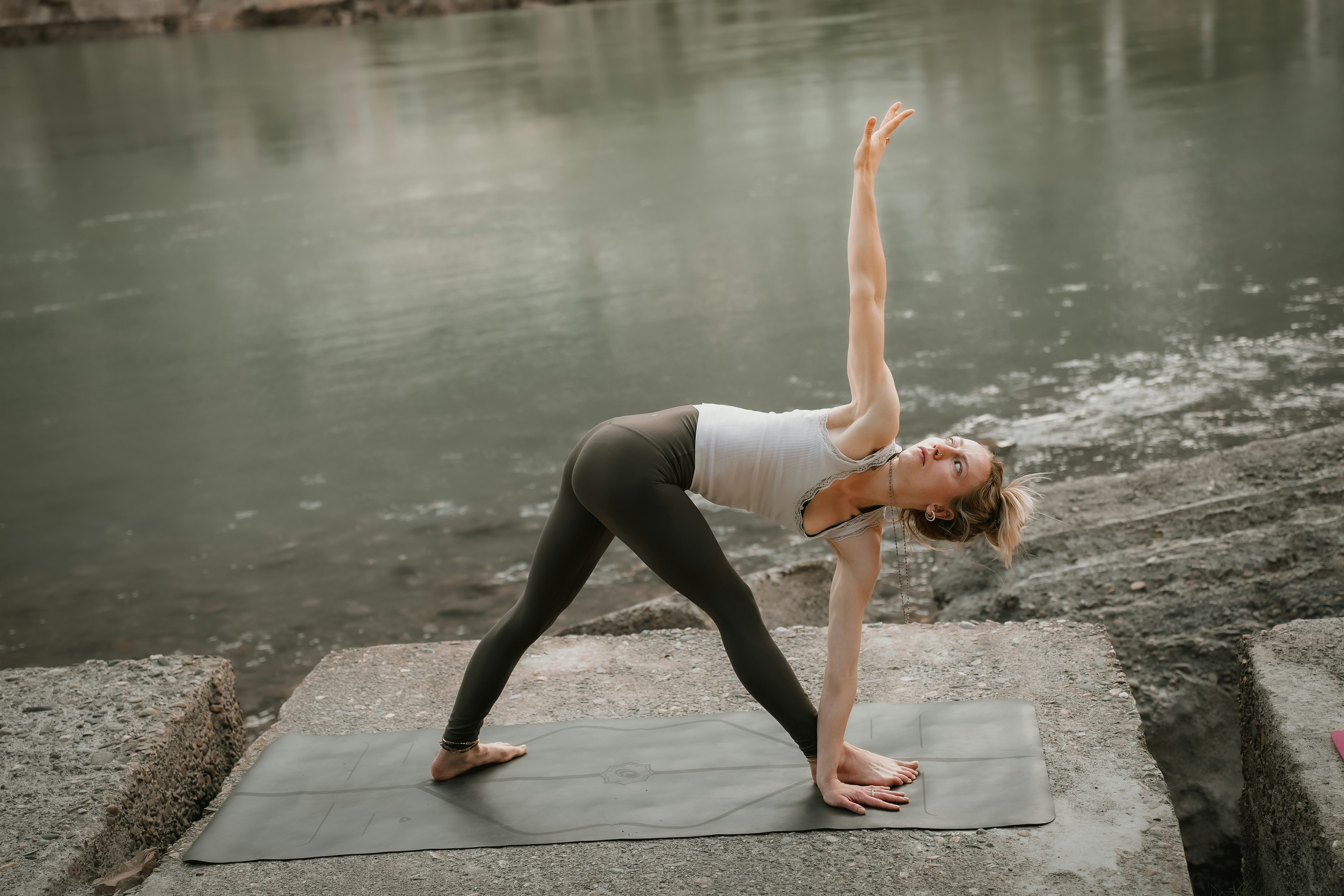Practice
Vinyasa Modifications for Back Issues

As someone who has encountered back discomfort throughout my life, I’ve learned how essential it is to adapt my yoga practice to ensure that my back remains healthy and supported. Vinyasa yoga, a practice known for its fluid movements and dynamic sequences, can be incredibly therapeutic, but it also has the potential to strain the back if certain modifications are not made. Over time, I’ve discovered how making the right adjustments—known as vinyasa modifications for back issues—has allowed me to keep practicing safely and experience the benefits of the flow without exacerbating any pain.
In this article, I will share my personal experiences with vinyasa modifications for back issues, including the key changes I make to my practice and how I’ve learned to listen to my body while navigating a practice that once felt intimidating due to my back challenges.
The Need for Vinyasa Modifications for Back Issues
When I first began practicing vinyasa yoga, I was drawn to the fluid nature of the sequences, the seamless transitions, and the deep connection between movement and breath. But as someone who has dealt with lower back pain and muscle tension in the past, I quickly realized that not every pose or transition suited my body. Certain movements, especially those involving bending, twisting, or reaching, could trigger discomfort or even injury if not performed correctly.
This is why the practice of vinyasa yoga can be so beneficial—its adaptability. With the right modifications, it’s possible to continue benefiting from the strength-building, stress-reducing, and flexibility-enhancing effects of vinyasa while protecting the spine from further strain or damage. For people like me, who have occasional back pain or who need to be cautious of their spine’s health, vinyasa modifications for back issues are crucial for maintaining a safe practice that supports healing and well-being.
Understanding the Modifications that Can Help
Throughout my journey with yoga, I have explored several ways to modify my practice to better suit my body and protect my back. These adjustments help me maintain proper alignment, reduce strain, and still get the most out of my practice. Below are the key modifications I’ve implemented that allow me to enjoy vinyasa without worrying about triggering back issues.
Supporting the Body with Props
One of the most effective modifications for protecting my back in vinyasa yoga is using props. Yoga props such as blocks, straps, and bolsters can help support the body in various poses and provide the extra stability needed to keep my spine aligned. For example, in poses like Downward-Facing Dog, I use blocks underneath my hands or feet to elevate them slightly, which takes some of the pressure off my lower back. This adjustment ensures that I’m not over-stretching or arching my spine unnaturally.
In seated poses or during rest periods, I also incorporate a bolster or cushion under my knees or lower back to ensure that my spine stays in its natural curve. Using props is not about making the practice easier but rather about creating the ideal conditions for my body to engage fully and safely. With these tools, I can maintain better posture and avoid aggravating any back issues.
Modifying Backbends for Comfort
Backbends are a staple in many vinyasa sequences, but for someone with a sensitive back, they can often feel like a challenge. I’ve learned over time that backbends, such as Cobra or Upward-Facing Dog, don’t have to involve a deep arch. Instead, I keep my elbows slightly bent, reducing the intensity of the stretch in my lower back and focusing more on engaging my core muscles to support the movement. This slight modification helps to reduce the chance of straining the lower back while still allowing me to open up my chest and strengthen my upper body.
When moving into deeper backbends like Camel Pose or Wheel Pose, I don’t hesitate to use props for extra support. For instance, placing a block underneath my sacrum during Camel Pose allows me to soften the backbend while still experiencing the benefits of the pose. Additionally, I make sure to focus on lifting from the thighs and engaging the glutes, which helps alleviate the strain on the lower back and creates a more balanced pose.
Adjusting Forward Folds and Twists
Forward folds and twists are often key components of vinyasa sequences, but they can be problematic for individuals with back pain. To avoid stressing my spine in poses like Forward Fold or Wide-Legged Forward Bend, I make sure to keep a slight bend in my knees. This modification ensures that I’m not putting too much strain on the hamstrings, which could cause my back to round and lead to discomfort.
I also use blocks to support my hands in these poses, bringing the floor closer and allowing me to maintain proper alignment. This modification helps me keep my spine long rather than forcing it to bend too deeply. I focus on the lengthening of my spine instead of trying to touch the floor, which helps create a safer stretch in my legs and back.
When practicing twisting poses like Revolved Side Angle or Seated Twist, I keep the movement gentle and prioritize maintaining a long spine over trying to deepen the twist. By avoiding overly deep twists and instead focusing on elongating the torso before initiating the twist, I reduce the risk of putting pressure on the lower back. I also keep my core engaged, as this helps provide additional support during the twist and protects my spine.
Slowing Down Transitions for More Control
One of the most valuable lessons I’ve learned in my practice is the importance of slowing down during transitions. The fast-paced nature of vinyasa yoga often encourages quick, flowing movements, but for those of us with back issues, it can be more beneficial to slow things down and be intentional with each movement.
For example, I no longer rush from Downward-Facing Dog to Plank Pose. Instead, I take my time transitioning from one posture to the next, engaging my core and making sure my body is in a strong, supported position before moving further. This not only helps to protect my back, but it also allows me to tune into my body and notice any subtle discomfort that might arise before it becomes a problem. By practicing with mindfulness and taking my time, I can ensure that I’m practicing safely while still experiencing the flow of vinyasa.
Finding Rest When Needed
Sometimes, the best modification is simply taking a rest when I need it. In some vinyasa classes, it’s easy to feel pressured to keep up with the flow or push through discomfort, but I’ve learned that listening to my body is the most important thing. When my back feels strained, I take a moment in Child’s Pose, or even just lie down in Savasana for a few moments to reset. These breaks help me restore energy and alleviate any pressure on my back, so I can continue my practice without overdoing it.
The Importance of Listening to Your Body
Ultimately, the key to vinyasa modifications for back issues lies in tuning into what my body needs at any given moment. Back issues are unique to each person, and the modifications that work for one individual may not be suitable for another. I’ve found that patience, awareness, and a willingness to make adjustments are essential components of a sustainable practice.
By learning to listen to my body and honor its limits, I’ve been able to build a yoga practice that nurtures my spine and overall well-being. With the right modifications, vinyasa can be a safe, strengthening practice for anyone dealing with back pain or discomfort.
Conclusion: Continuing to Practice Safely
The journey of discovering and applying vinyasa modifications for back issues has been an enriching experience for me. It’s allowed me to continue enjoying the physical, mental, and emotional benefits of yoga while keeping my back health in check. Through the use of props, adjusting the intensity of backbends, modifying twists, and slowing down transitions, I’ve found that I can practice safely and effectively.
I hope that these tips can help you adapt your practice, whether you have back issues or just want to prevent strain during your vinyasa sessions. Remember that modifying your practice is a form of self-care and respect for your body, and it’s something that benefits both beginners and advanced practitioners alike. With patience and mindfulness, vinyasa yoga can be a supportive tool for maintaining back health and achieving overall well-being.










